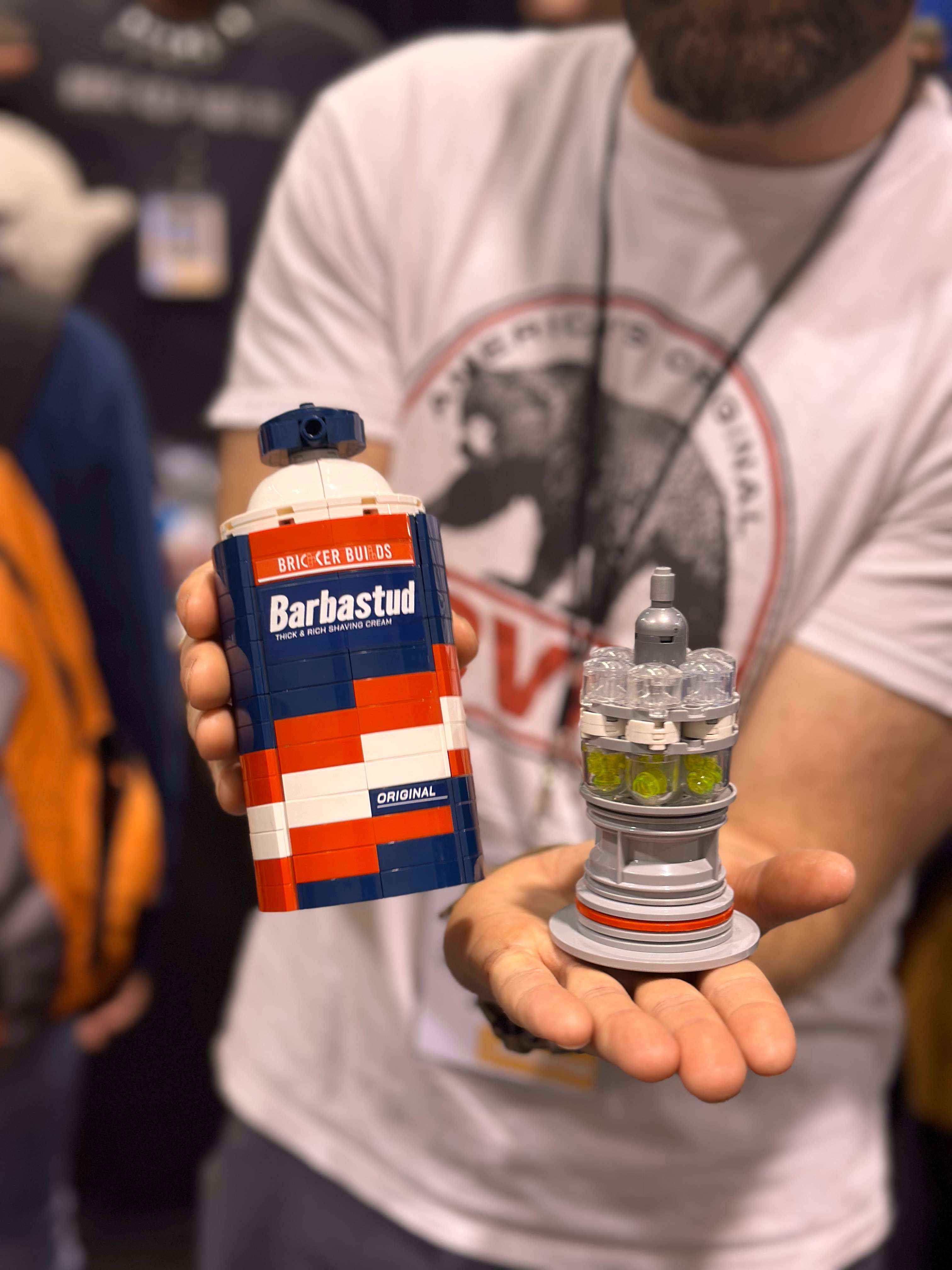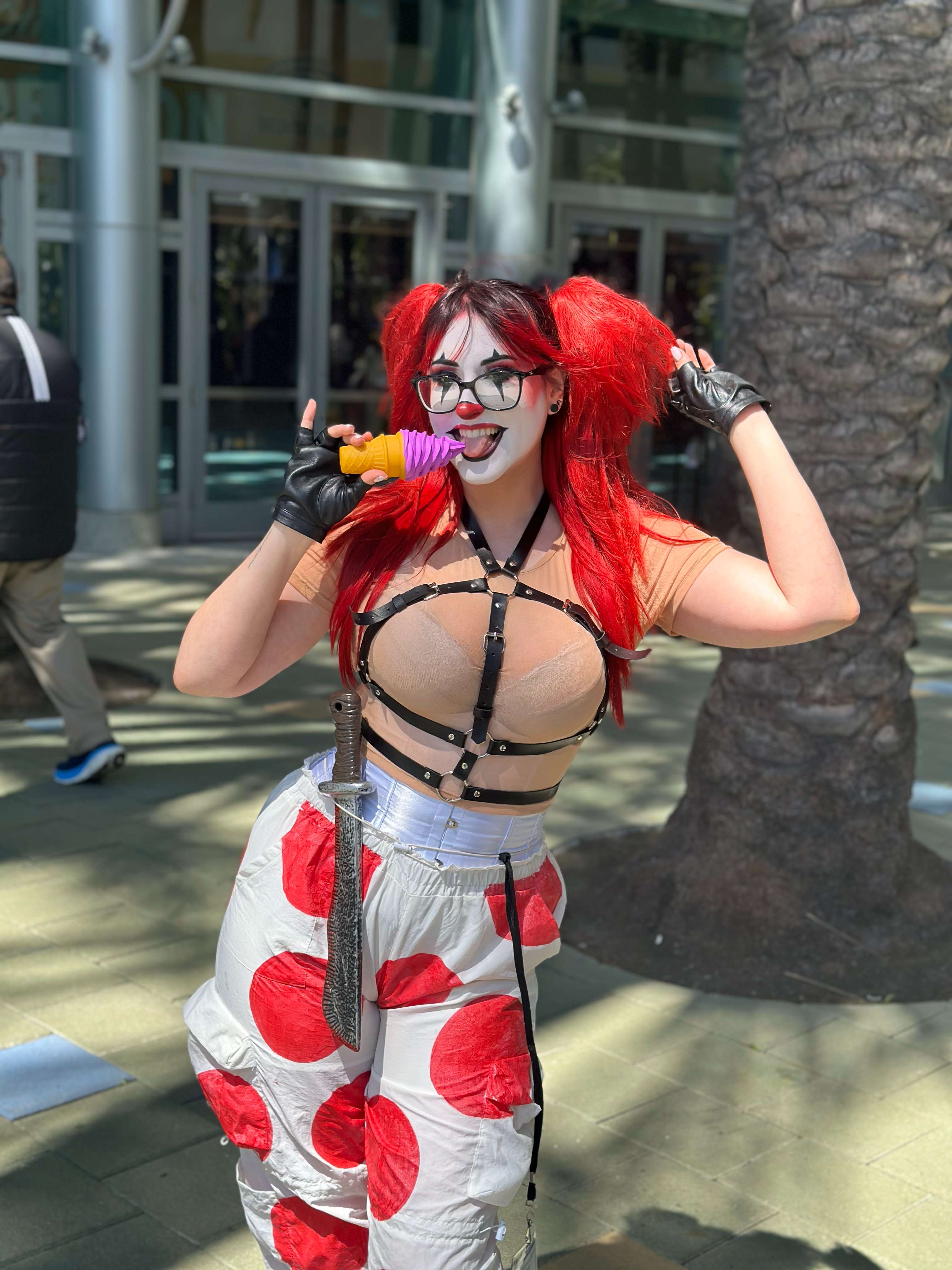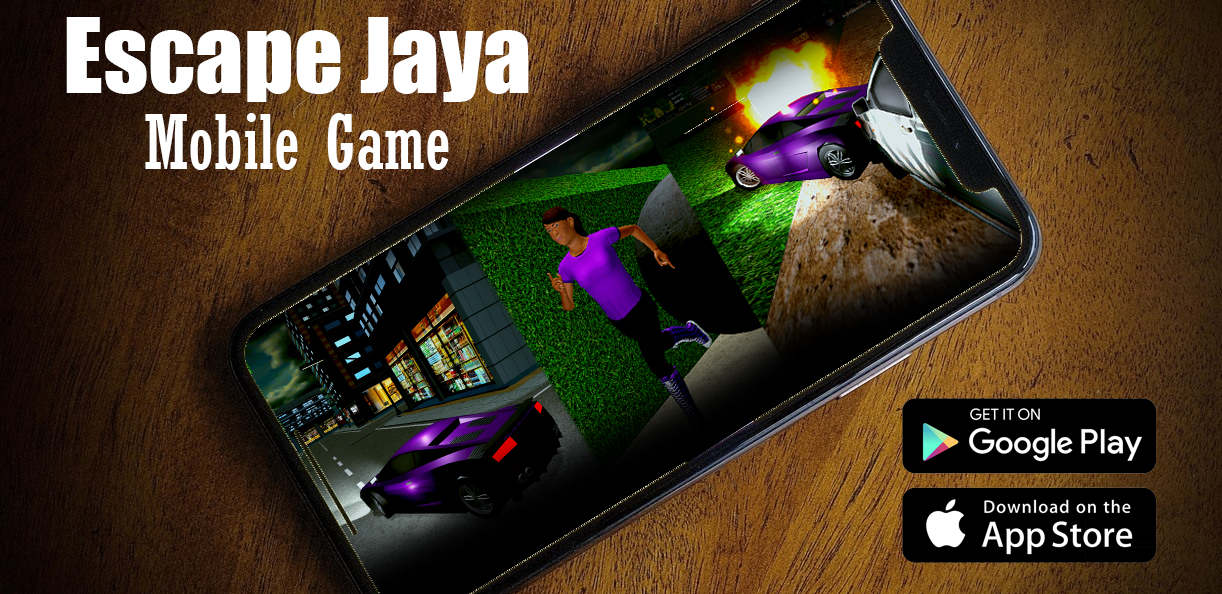In an America generations removed from the greatest civil rights struggles of the 1960s, the young mayor of a mid-sized American city is faced with a federal court order that says he must build a small number of low-income housing units in the white neighborhoods of his town. His attempt to do so tears the entire city apart, paralyzes the municipal government and, ultimately, destroys the mayor and his political future.
From David Simon (HBO’s “Treme” and “The Wire”) and Paul Haggis (“Crash”), the HBO Miniseries presentation SHOW ME A HERO debuts its first two parts back-to-back SUNDAY, AUG. 16 (8:00-10:00 p.m. ET/PT), followed by two parts on both of the subsequent Sundays – Aug. 23 and 30 – at the same time. In addition to Simon and Haggis (who directs all six parts), the miniseries is executive produced by Nina K. Noble, Gail Mutrux and William F. Zorzi.
Based on the nonfiction book of the same name by Lisa Belkin, the miniseries explores notions of home, race and community through the lives of elected officials, bureaucrats, activists and ordinary citizens in Yonkers, NY.
Q: When did you become aware of Lisa Belkin’s book? What initially struck you about it, and when did you see the potential for adapting it for the screen?
DAVID SIMON: The book was actually forwarded to me by Gail Mutrux, whose judgment about such things I am obliged to take very seriously: She was the producer, working with Barry Levinson, who found a book that I wrote called “Homicide” in 1991 and sparked its transformation into the NBC television show. So when Gail recommends a book, I do listen.
I thought “Show Me a Hero” offered a perfect storm of a narrative about our enduring racial and class pathologies and the not-in-my-back-yard, don’t-tread-on-me sensibilities of modern libertarian and neoliberal politics. This is the grievous state of the American political dialectic, in which the only two operant currencies seem to be greed and fear.
I showed the book to my longtime newspaper colleague, Bill Zorzi, who was then an editor on the metro desk of the Baltimore Sun and asked him what he thought. As a veteran political reporter, Zorzi astutely realized that in the story of what happened to Yonkers, and in the powerful narrative arc of Nick Wasicsko, we had a story in which we could precisely depict how government actually works in America. Or doesn’t.
So we were sold.
Q: The events of SHOW ME A HERO seem less like history from a quarter-century ago, and more like a variation on current situations. Do you agree? Do you see any hints in the story of ways to avoid the “Groundhog Day”-like replay of such conflicts in the future?
DS: The American obsession with race and class – and the political uses of greed and fear – is still very much our national paradigm. We are getting better, slowly and inexorably, generation by generation. But there is much work still to be done to reconcile many Americans to the idea of a desegregated society, to power-sharing, to the very idea that all of us must share in the same national future. It’s going to be going on for a good long while, but integration itself – and the inevitable emergence of a stronger black and Latino middle class – is going to change more and more minds, particularly among younger Americans who come to the debate with less baggage.
We are growing up, but when it comes to issues of race and class, we are still fighting through our adolescence. Considering the point of origin for the American struggle with race – slavery and Jim Crow – I find it remarkable and substantial that an African-American president was inaugurated in my lifetime, or for that matter, that I am finally seeing the Confederate battle flag lowered in places like South Carolina. But it’s been a long journey, and exhausting, and there is so much farther to travel.
Yonkers didn’t just happen there – it’s been the dynamic in Baltimore, in Chicago, in Dallas and everywhere that society is asked to deal with housing and school enrollment patterns that purposely segregated communities. The Obama administration’s recent efforts to address this in its new housing regulations have again shaken the hornet’s nest. This war will not be won with any singular victories. It’s attritive. Sadly.
Q: Although many characters figure in SHOW ME A HERO, do you see this first of all as Nick Wasicsko’s story? Could he be viewed as a tragic hero, albeit one who is initially reluctant to do the right thing?
DS: Like most heroes – and most villains – Nick Wasicsko was not wholly one thing or the other. He had his flaws and he was blind to certain realities. But when push came to shove, he believed in the rule of law and he came to understand that he had a responsibility to lead his city under the rule of law, and more than that, he came to realize that the housing consent decree was offering some of his most vulnerable constituents a chance at a better life. He is, to that extent, quite heroic. And yes, our six-hour narrative is structured around Mr. Wasickso’s journey. After all, the fights over the remaining phases of the housing and school desegregation orders in Yonkers went on long after our story concludes in 1994. The entire case wasn’t settled until 2007.
Q: Your projects for HBO have always been marked by a strong team of collaborators. Here, two stand out.
You’ve worked with William Zorzi for a long time. What is the writing process like for the two of you, since you obviously know each other well? What were the biggest challenges in adapting the book?
DS: Bill is one of the most conscientious, deliberate and thorough reporters I’ve ever known or worked with. He took Lisa Belkin’s worthy book as a jumping-off point and immersed himself in the world of Yonkers for more than a decade before production began on this miniseries. He knew all of the surviving characters in the story, including many who he met and interviewed in detail who are no longer with us today. And he has been rigorous about trying to pull as much of the story as possible through the keyhole of six hours. In that sense, he has been the creative flame here, script-wise, and I have had the benefit of beginning with enough material for ten or twelve hours.
My job has been to tighten and reshape some of the story arcs so that they fit within the time we have, and to prioritize the material and find shorthand ways of explaining, or at least acknowledging, complex political realities and nuances. For me, it’s been tricky. For Bill, it’s a little bit of torture to see how much fits and how much doesn’t, how much of the complicated politics and history of what happened in Yonkers can be referenced, and how much must be glanced at or omitted. We did our best and, look, we’ve known each other and worked with each other for 30 years now. We trust each other as a team, although that doesn’t mean we didn’t argue, or that Bill didn’t worry the details, or that I could let the narrative wander too far into tall grass.
And then I would be remiss if I didn’t credit good notes from Gail Mutrux and Nina Noble, who absorbed the scripts in their various draft forms and assessed the work with fresh eyes, arguing us out of redundancies or urging us to think more deeply about some of the arcs. Gail was unwilling to lose the power of the book that she discovered so many years ago, and Nina wanted to be sure that what we were trying to say could be conveyed as drama, rather than simply as political discourse. They imposed essential values on the process.
Q: Paul Haggis is a new creative collaborator for you. How did he get involved? His film “Crash” in some ways paralleled your work in the use of multiple story lines and a wide variety of characters. Did that suggest he was a kindred spirit to you?
DS: I was looking for a director who had a strong visual sense, who understood the parameters not simply of feature films, but of hour drama – and Paul has done both – and who had a political temperament that could believe in a story that had very little sex, or gunplay, or broad humor. This work can’t be honest and rely on any of the currencies that seem to work so handily in television. I needed a director to believe that it was a worthy and necessary journey to examine politics as it is practiced on the municipal level, and race as it plays out on the street level, and class as perhaps the most divisive and misunderstood force in American life.
Paul Haggis has been grappling with such things admirably, not only in his filmmaking, but in his personal priorities. His commitment to the relief efforts in Haiti spoke to me especially and seemed to me allegorical for someone who accepts a personal share in the responsibility to leave this world better than he found it. And that mattered to me because that is what Yonkers is about, and why the story is worth the telling.
This is about a coming reckoning in the American future: Are we a society, or is it every man for himself? Do we all share in the same collective national narrative, or are there separate stories for those at the margins? And practically, Paul shoots a bit more poetically and elegantly than I am used to, and I write a more quotidian and low-to-the-ground script than he might. The collaboration was good in that he pushed me to allow some better measure of honest emotion into what could have been a dry political narrative, and maybe I pushed him to tolerate some dialogue that wasn’t clean or rounded, that was a bit in the gutter but still glancing up at the stars every now and again, to misquote Oscar Wilde. Our differences fostered good debate, and ultimately, some compromises that I think served the work very well.
Q: Did you envision Oscar Isaac, Catherine Keener, Alfred Molina and the others in their roles as you were writing the scripts, or did casting the parts come later?
DS: All of it came after the scripts were largely in their final or near-final drafts. You have to remember that this project has been in development at HBO for 15 years. Why the delay? Well, Gail came to me with the book right after “The Corner” had aired as a plausible follow-up to that miniseries, but shortly thereafter, “The Wire” got picked up. Six years later, I was ready to resume the script work on SHOW ME A HERO, but HBO came to me in that moment with Evan Wright’s book “Generation Kill,” which had a hard time-peg of the Iraq War. It needed to get made as close to the depicted events as possible, before the story went stale and so, “Hero” was bumped behind that miniseries. Then, Katrina happened and “Treme” was similarly tied to the ongoing history of New Orleans and its recovery, and so “Hero” waited for that narrative to conclude.
But here’s the thing that Kary Antholis, who runs the miniseries division at HBO and who is extremely astute about both story and political reality, understands fully: The American racial dynamic wasn’t going to go away, and what happened in Yonkers, as a political and social allegory, remained pretty damn timeless. When we came back to SHOW ME A HERO, we would still be landing it on a country that would still be traveling the same hard road. Recent events in Ferguson, in Baltimore, in Charleston make this all too clear.
That said, we pulled an incredible cast. And god love them all for committing to an ensemble drama in which, to overuse a phrase with which I am somewhat associated, all the pieces matter. Oscar Isaac is ascendant right now as an actor and he has his choice of scripts and projects. That he saw the value and importance of telling Nick Wasicsko’s story to present-day America is just so damn admirable to me.
And the rest of the cast is just rock solid. Alfred Molina, Catherine Keener, Winona Ryder, LaTanya Richardson, Bob Balaban, Peter Riegert – too many to name and in fact by naming them and not others, I’m doing more of a disservice than anything. Everywhere we pointed the camera, we caught committed actors bringing this entire world to life. And again, they could have done other things, flashier things. But for me, who always feels ill at ease in the entertainment industry, this is why I get up in the morning, imagining something that isn’t merely an entertainment, but is instead a chance to dramatize the actual fault lines in our society and do so on a scale that is careful and plausible and human. I think the same ambition appealed to a lot of our actors and I’m incredibly grateful for it.

TV
Scrubs Reunion: The Band Gets Back Together
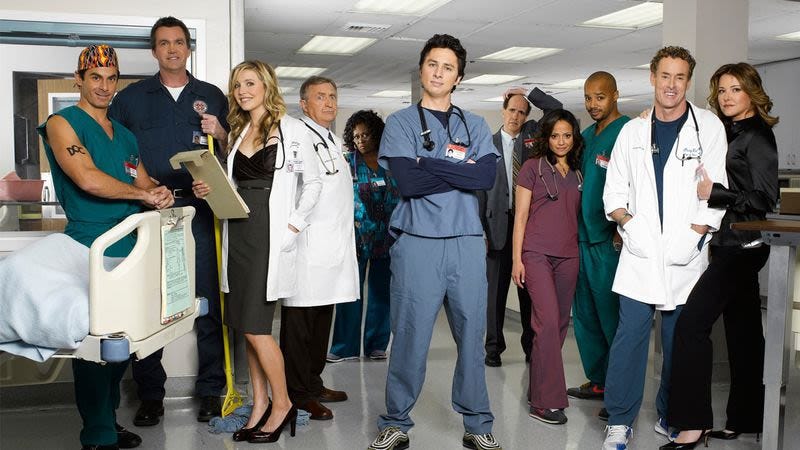
Fans of the beloved medical comedy series Scrubs were recently treated to a thrilling surprise when John C. McGinley, who portrayed the iconic Dr. Perry Cox, dropped a photo on Twitter hinting at a potential reunion project. The image, showing McGinley alongside his former co-stars, sparked a wave of excitement and speculation among fans who have been longing for more adventures with the beloved Sacred Heart Hospital staff.
While details about the reunion project are still scarce, the mere possibility of seeing the gang back together again has sent waves of nostalgia through fans who fondly remember the show’s original run from 2001 to 2010. Scrubs was not just a sitcom; it was a heartfelt exploration of friendship, love, and the chaotic world of medicine, all wrapped up in a quirky and often hilarious package.
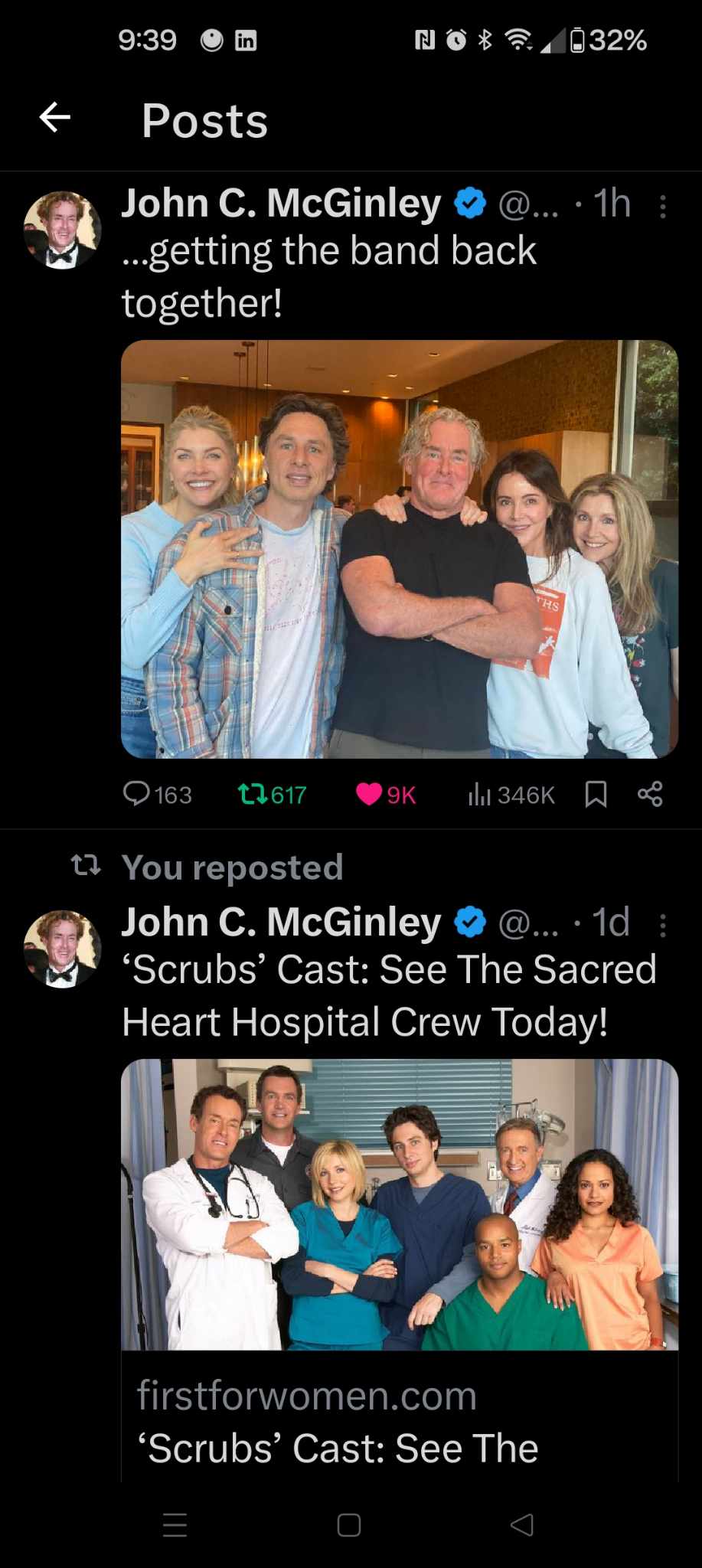
At the heart of the show was the bromance between JD (played by Zach Braff) and Turk (played by Donald Faison), whose antics and deep bond served as the emotional anchor for the series. Their dynamic, along with the sage wisdom (and relentless sarcasm) of Dr. Cox, provided viewers with memorable moments that have stood the test of time.
As we eagerly await more news about the Scrubs reunion project, one thing is for sure: it’s time to dust off those old DVDs, rewatch our favorite episodes, and get ready to welcome back our favorite gang of doctors, nurses, and janitors for what promises to be a memorable reunion.
But Scrubs was more than just its main characters. The supporting cast, including the eccentric Janitor (played by Neil Flynn), the neurotic Elliot (played by Sarah Chalke), and the wise-cracking nurse Carla (played by Judy Reyes), each brought their own unique flavor to the show, creating a rich tapestry of characters that fans grew to love.
While the photo shared by McGinley has fueled speculation about what the reunion project might entail, whether it’s a one-off special, a new season, or something else entirely, one thing is certain: fans are eagerly awaiting any opportunity to dive back into the world of Sacred Heart Hospital.
In an age where reboots and revivals are commonplace, Scrubs stands out as a series that has the potential to recapture the magic that made it a fan favorite in the first place. With its blend of humor, heart, and unforgettable characters, a reunion project has the opportunity to not only satisfy longtime fans but also introduce a new generation to the joys of life at Sacred Heart.
Events
WonderCon 2024:Day One
Movie
Dune Part Two: The Lisan Al Gaib comes for you!

Welcome back to our struggle for control of the known universe already in progress, the continuation of the journey of Paul Atreides from exile to Emperor, Dune Part Two!
So when we last left our intrepid if dubious heroes, House Atreides had been betrayed and virtually destroyed, by a combination of House Harkonnens surprise attacks and the added treachery of Emperor Shaddam and his Sardaukar. Paul Atreides (Timothee Chalamet), the last surviving heir (so far) of House Atreides and his mother Jessica, have taken refuge on the desert planet of Arrakis amongst the indigenous Fremen, and as far as most are aware, the other remnants of House Atreides are dead as well. And here is where we catch up with everyone, as the struggle for Atreides emergence and dominance begins in earnest!
The Emperor’s daughter Princess Irulan (Florence Pugh) is known for her many skills, but her copious note-taking and writings on the large events shaping her world come to the forefront as she takes counsel with her father amidst games of chance on their homeworld. Her life is one of luxury and privilege but alas, Irulan is a trained Bene Gesserit and is well aware that in all likelihood, she will be used as a pawn in the marriage games empires have to go through. Bet she never imagined it could be to a House everyone swore had been utterly destroyed.
Meanwhile, on Arrakis, Paul is trying to integrate himself into the Fremen way of life, which is admittedly far different from the life he led back on the Atreides homeworld of Caladan. (If nothing else, Caladan has vast oceans.) The Fremen are fiercely independent, gloriously strong fighters, survivors who dare to ride and revere the giant sandworms that inhabit their planet that they call Shai-Hulud, and rightfully distrustful of outsiders. After all, the previous stewardship of Arrakis belonged to House Harkonnen, known for their cruelty and glee at hunting Fremen and torturing their victims, sometimes for weeks at a time. But Paul won his and Jessicas way into the Fremen by fair combat against Jamis, and if nothing else, the Fremen are firm in their beliefs of the old ways.
Or rather, the elder Fremen are, most particularly the famed Fedaykin fighter and Naib (leader) of Sietch Tabr Stilgar (Javier Bardem) is adamant in his unshakable belief that Paul is the foretold Lisan Al Gaib, the Voice from the Outer World, that will lead the Fremen to peace and paradise. Stilgar’s steadfast belief in Paul’s potential only grows, and he manages with just that to convince a great many of the other Fremen elders. The younger generation of Fremen however, of which Paul’s beloved Chani (Zendaya) is a part, generally scoff at the legends of otherworldly prophets and Arrakis as a fabled green, wet heaven. In the beginning, Paul himself swears he doesn’t want to be the Messiah, only a Fremen fighter amongst the rest of them, hundreds of years of the Missionaria Protectiva, the Bene Gesserit practice of spreading useful religious propaganda as seeds on various planets, is working double-time against him. It doesn’t help that Paul’s mother Jessica (Rebecca Ferguson) is expounding on that myth as much as she possibly can.
And why would she do that? Survival yes, but also, Jessica is a thoroughly trained Bene Gesserit and knows of plans within plans within plans. Jessica also has many secrets of her own, and one very important one happens to be that she’s pregnant with Paul’s sister. The Bene Gesserit bodily control may be something out of legend, but even Jessica, possibly Reverend Mother Mohiam’s best and most fractious student, will have trouble with the trial the Fremen are insisting she go through to become truly one of them. The Reverend Mother equivalent of Sietch Tabr, known as their Sayyadina, is old and dying, and the Fremen have to have a Reverend Mother. Jessica tells Paul this much and explains that each culture is different in their trial to become a Reverend Mother, so she honestly doesn’t know what to expect. The reality happens to be worse than she could’ve imagined – Jessica must drink the Water of Life, a deadly poison that comes from Shai-Hulud (sort of), and come out the other side of it. And Jessica manages to do it, barely, with almost all of the consequences going to the poor fetus in her womb, the girl that will grow to become Alia Atreides, an insane legend in her own right. But for now, the unnamed fetus is awake and aware and full of the memories of generations of Bene Gesserit women that came before her – before she was even born.
Paul participates in razzia raids amongst the Fremen as they work to take out the spice mining operations of the Harkonnens, immerses himself in the vastly different desert culture of his chosen people, and perhaps most importantly, his romance with his beloved Chani only grows stronger. After declaring his desire to join the fierce fighter elites amongst the Fremen known as Fedaykin, Paul is told by Stilgar that he must summon and ride one of the giant sandworms, the embodiment of Shai-Hulud where the Fremen get their terrible tooth Crysknives from. And after much sendup, in a glorious scene of blinding sand and huge monstrous killer worm-riding, Paul is triumphant and riding atop the sacred creature, his Maker hooks set properly to control the great beast, waving at great distance to his fellow Fremen as Chani looks on in bemusement.
But that’s all external, and inside Paul is beginning to become divided on what he wants to do. As Jessica pushes the Protectiva hard amongst the women and priestesses of the Fremen, she is also pushing her son to become much larger than he ever wanted to be, if nothing else a conqueror can take revenge for the destruction of House Atreides and the death of her beloved Duke Leto. Paul may have earned his place amongst the Fremen and been given new names – Usul, meaning the strength of the base of the pillar, as his private name within the Sietch; and Muad’Dib, from the small mouse survivor of the desert, well versed in desert ways, called ‘Instructor-of-Boys’ in Fremen legend, as his open-use name – but now everyone wants Paul to be something greater, and potentially more destructive, than what he currently is. It only gets worse when Paul begins to suffer prophetic dreams, and visions when he’s awake, prodding him further to his destiny as an epic conqueror of worlds. Nothing can be done for it, Paul convinces himself that he must take the Water of Life himself, to awaken the sleeping prophet inside himself, and allow him to hopefully See a path through the future.
The problem with that plan, is that Bene Gesserit are almost exclusively all women, and only they are supposed to know how to transmute poisons internally, along with all sorts of other “witchcraft”. But Jessica has been training Paul in forbidden Bene Gesserit ways all his life, and as much as Paul might rail and even quail against it, there is no denying his incoming destiny, crushing any resistance he may have with all the force of a giant sandworm hunting a spice blow. And even when Paul has finally given in and taken the cursed substance almost mockingly called the Water of Life, it falls to another strong and prophetic in her right female in his life, his beloved Chani, to save him from himself. But even Chani can’t stop Paul’s destructive destiny as the conqueror of the known worlds, guilty of slaying millions upon millions of people in his quest for vengeance, thinly disguised as peace.
Over on the Harkonnen homeworld of Geidi Prime, “Beast” Rabban (Dave Bautista) is disgusted and enraged at the continuing Fremen raids against the Harkonnens on Arrakis, and terrified of what his uncle the notoriously cruel Baron Harkonnen (Stellan Skarsgard), will do to him in response. The Baron’s nephew Feyd-Rautha (Austin Butler), heir apparent or na-Baron to House Harkonnen, demonstrates his blood-inborn savagery in a slaughter of the remnants of House Atreides gladiator-style, as his birthday celebration. Pleased with the spectacle, the Baron commands Feyd-Rautha to take control of the fight against this Fremen rebel known as Muad’dib, as Rabban is proving himself more and more useless. And any tool or toy that the Baron finds broken or unusable, is destroyed before being discarded.
As the legend of Muad’dib grows off Arrakis and circulates among the Imperial worlds, the Emperor grinds his teeth in frustration and the Bene Gesserit, led by Reverend Mother Mohiam (Charlotte Rampling) as the Emperor’s Truthsayer, begin pushing forward their plots and machinations. Lady Margot Fenring (Lea Seydoux), a criminally underused character in this respect, demonstrates her willingness to be a pawn in Bene Gesserit machinations, but never forget, strong Bene Gesserit women have been breaking their own rules for generations. Just look at what Jessica did.
As the raids and rebellion on Arrakis continue, both the Emperor and the Baron become more and more desperate, sending in mercenaries and smugglers in the hopes they might have more luck. And aboard one of those smuggler’s vessels happens to be an old hand at being a smuggler himself, the warrior troubadour with the scarred face given him by “Beast” Rabban himself, Gurney Halleck (Josh Brolin). Reunited with his beloved Duke’s only son, Gurney finds himself swept up in the legend of Muad’dib in the making along with everyone else, though at least from Gurney’s point of view, Paul is using the messianic angle to take revenge for House Atreides.
Finally, in an act of what could be considered the ultimate in arrogance, Emperor Shaddam Corrino himself comes to Arrakis, along with Princess Irulan and many others of his Court, the Baron, and Feyd-Rautha in tow as well, to crush this upstart Muad’dib and his Fremen warriors. Sadly for all that the powerhouse actor Christopher Walken plays him, Emperor Shaddam Corrino is shown as a doddering old man, cowed in the face of Muad’dib’s overwhelming vitality and growing-ever-stronger legend. And there is where we will end the review, for the final confrontation between all key players in the Known Universe is full of spoilers and derivations from the original opus of Frank Herbert’s novel Dune.
For those of you who stuck around long enough to get to the end, after all, Dune Part Two is almost three hours long itself, if you are fans of the original novel and the zany Lynchian masterpiece that was the first Dune film, you may be disappointed or even angered at the changes made to the story for the climactic end scenes. Director Villenuve has an eye for making grand epic scenes like Paul’s sandworm ride but can be a bit scattered when it comes to piecing the story together with all the key players needing to be involved in a way that can be understood by any layman. Dune in any form is a rich, vast universe of storytelling, and even an almost three-hour-long sequel simply can’t cover every last bit that’s in the novels. But if nothing else, the film is an overwhelming feast for the eyes and should bring a whole new legion of fans to the many worlds contained within Dune.
If you want to dive further into the Dune-iverse, do yourself a favor and read the Dune prequel books written by Herbert Jr. and Kevin J. Anderson. Until then, dive into the sands of Arrakis along with Shai-Hulud and scream vengeance to the skies with Paul Muad’dib Atreides in Dune Part Two, in theaters now!









